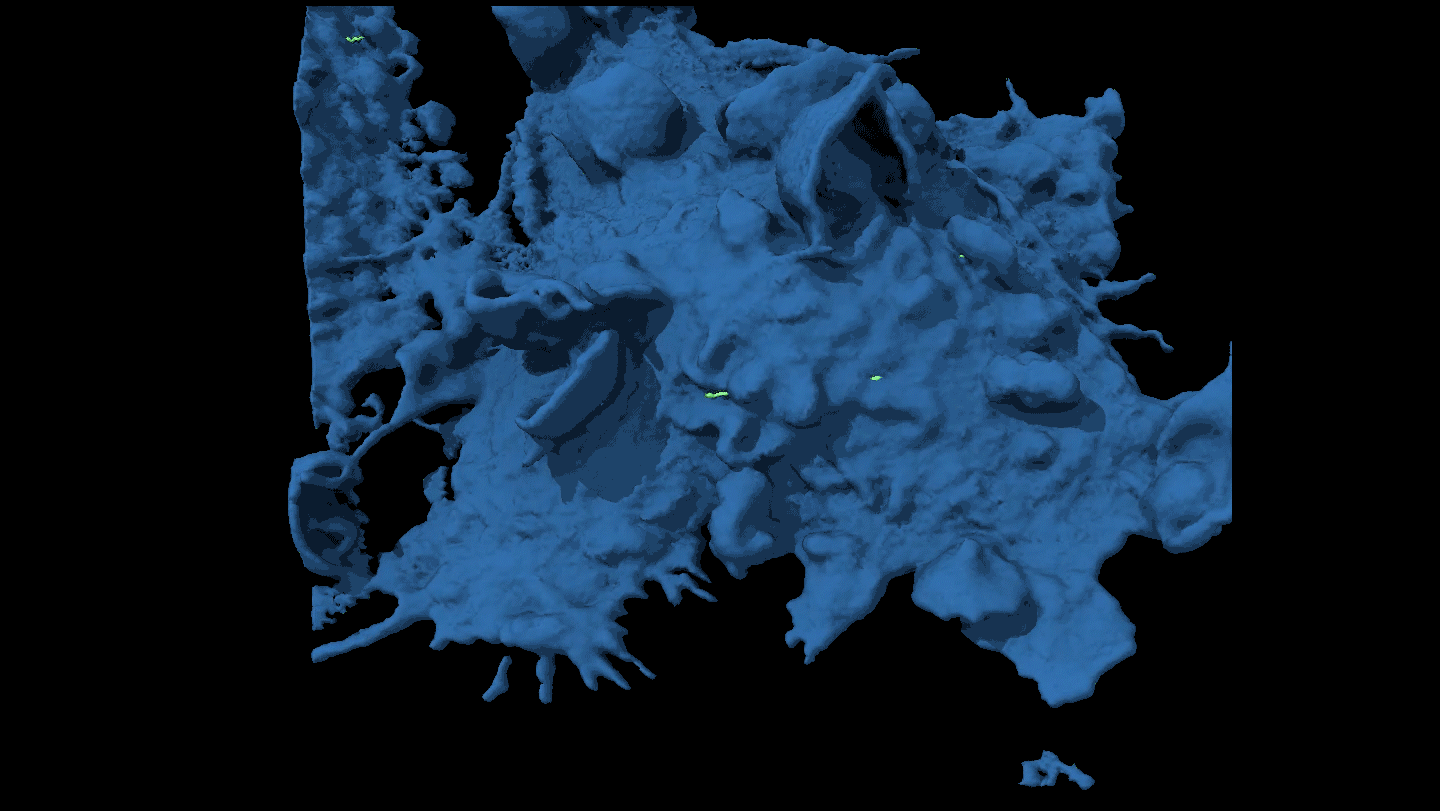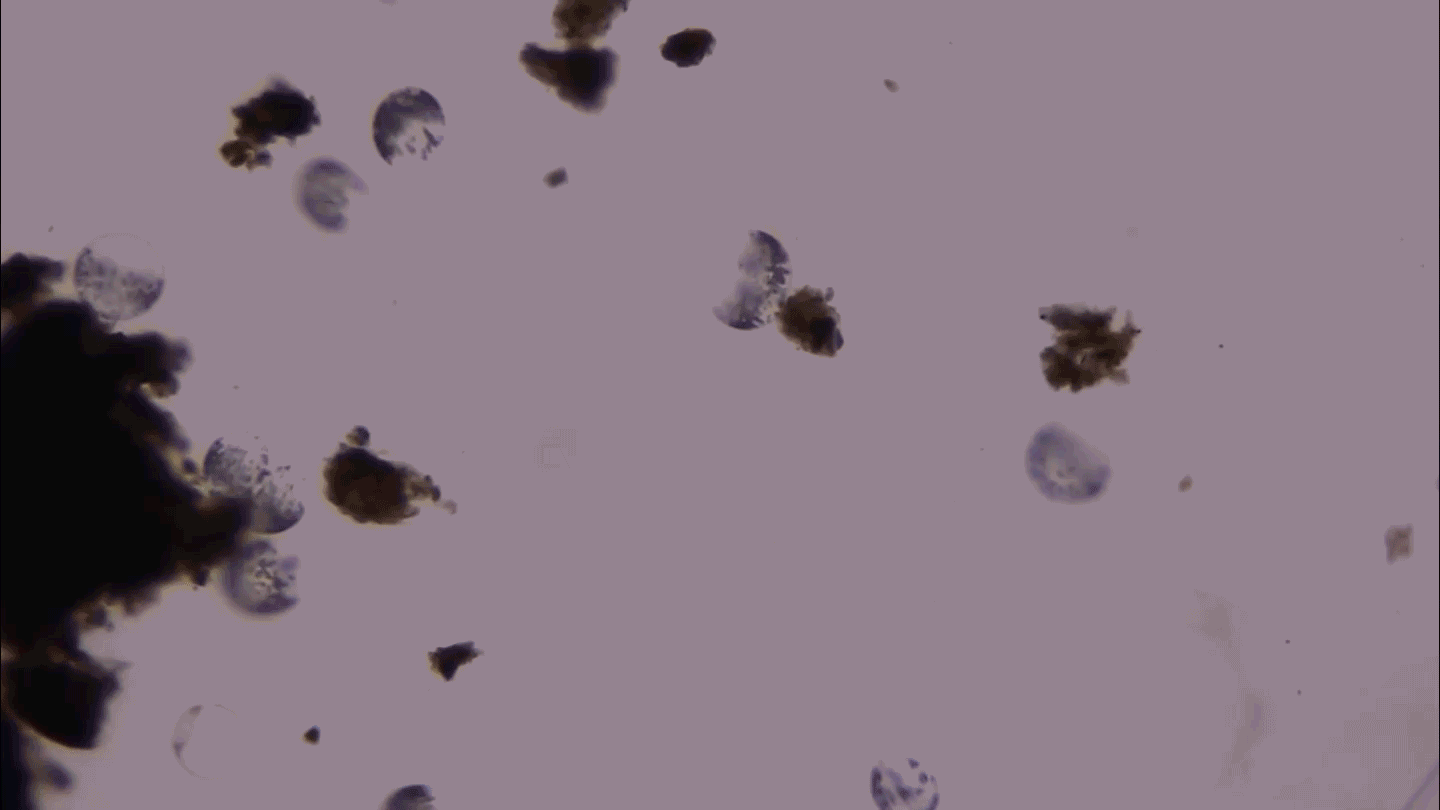Genes & Cells
Self-sufficient pancreatic cells, tingly spinal cells and vitamin D for gum disease in this week’s news
No nerves needed
The human pancreas doesn’t need the brain to tell it what to do; pancreas cells make their own brain chemical. In most animals, sympathetic nerves — like those that control breathing, heart beat and other unconscious processes — release a brain chemical called acetylcholine to tell pancreas cells when to make insulin. But humans have relatively few such nerves connected to insulin-producing beta cells in the pancreas, University of Miami researchers and their collaborators report online June 19 in Nature Medicine. When sugar levels drop, alpha cells in the pancreas make acetylcholine, which primes beta cells to release insulin, the team found. The results may suggest new ways to regulate blood sugar levels in people with diabetes. —Tina Hesman Saey
Spine-tingling scenes
Emotional scenes can tug at the heartstrings and the spinal cord, too. Researchers used a variation on an MRI brain scan to measure nerve cell activity in the spinal cords of people viewing emotional or neutral images. Negative images, such as a person being attacked or vicious animals, evoked strong responses in the spinal cords of 14 healthy volunteers, researchers of the University of Winnipeg in Canada report in an upcoming NeuroImage. Neutral or pleasant images got a weaker response in the spine. The results are the first to show nerve cells in the spinal cord responding to emotions. The process may help a person quickly respond to threats. —Laura Sanders
Vitamin D fights gum disease
Another role for vitamin D: it helps gums keep themselves healthy. The vitamin triggers certain skin cells in the gums to make a natural antibiotic, say researchers led by Gill Diamond of the University of Medicine & Dentistry of New Jersey in Newark. The antibiotic, a protein called LL-37, works with other immune system factors to kill a type of bacteria that causes gum disease, the team reports in the June Infection and Immunity. Normally it takes 24 hours for the cells to make peak levels of LL-37 after sensing bacteria or bacterial components. Taking Vitamin D regularly might keep levels of the protein high enough to stop gum-disease bacteria before they can get started. —Tina Hesman Saey







